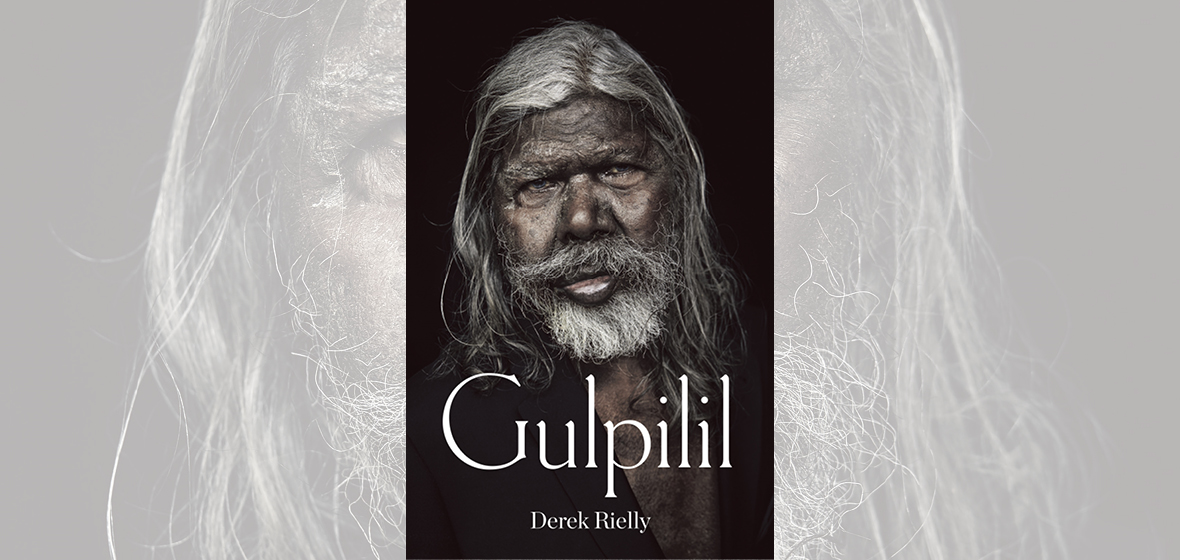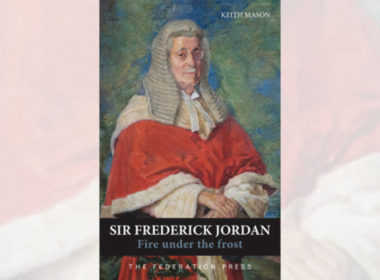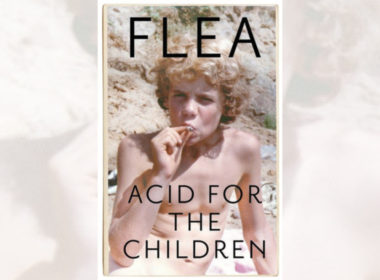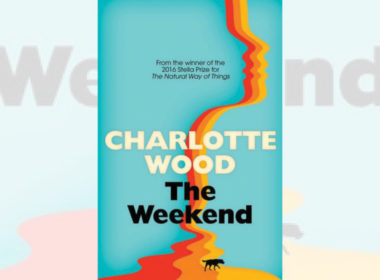In 1971, an 18-year-old Yolngu man named David Gulpilil made his debut in a film titled Walkabout and became an international sensation. Walkabout is still considered a turning point in Australian cinema for its depiction of our oldest continuous culture and introduction to one of our most prolific artists to the world.
Derek Rielly’s biography, Gulpilil, reads like a collection of experiences and intersecting journeys, which is befitting of a man who originates from the oldest continuous culture of storytellers. There is Rielly’s journey to spend time with his subject, the experiences of Gulpilil’s friends and colleagues, and Gulpilil’s present journey as a terminally-ill man.
Australians who have had the privilege of interacting with Gulpilil flesh out his career trajectory and comment on Australia’s complex relationship with colonialism and our First Nations people. Phillip Noyce, Jack Thompson, Damon Gameau, David Ruddy, George Gittoes and others reinforce Gulpilil’s impact on Australian culture and do not shy away from the grimness of Australia’s colonial history.
Through Ruddy, we are reacquainted with the controversy of his Archibald winning portrait of Gulpilil. Noyce sees parallels between Gulpilil and Bennelong, in that both were celebrated for their “charm and beauty” and both were whisked off to England to meet monarchs, to return and navigate cultural challenges.
Actor Damon Gameau poignantly captures Gulpilil’s timelessness: “When David walked across landscapes, where you or I would chunk along heavily footed … he glided. In the west we are linear and structured, and it affects how you move and interact. Unlike David who is like mercury.”
Rielly refers to works such as Richard Trudgen’s “When Warriors Lie Down and Die” to the University of Newcastle’s mapping of Aboriginal massacres to frame the significance of Indigenous history. This is a comprehensive exploration of our oldest culture and its place in our world.




